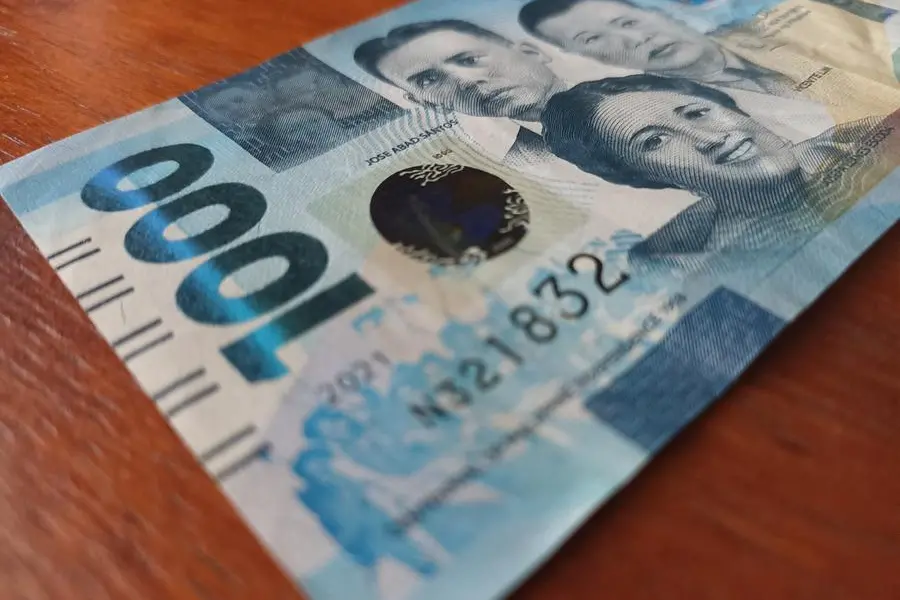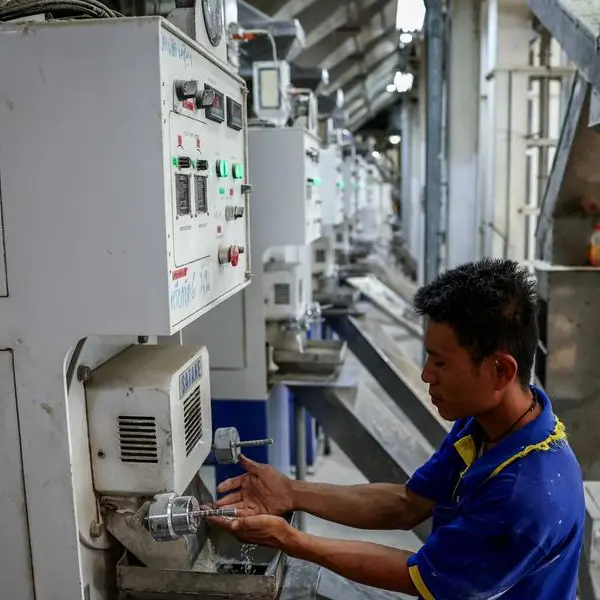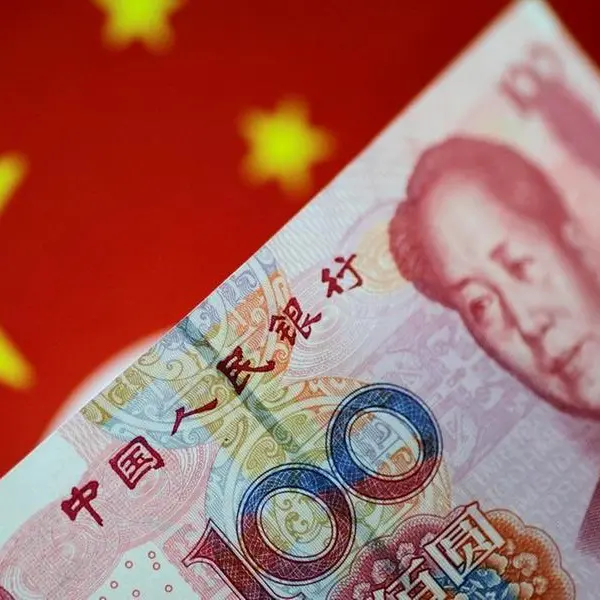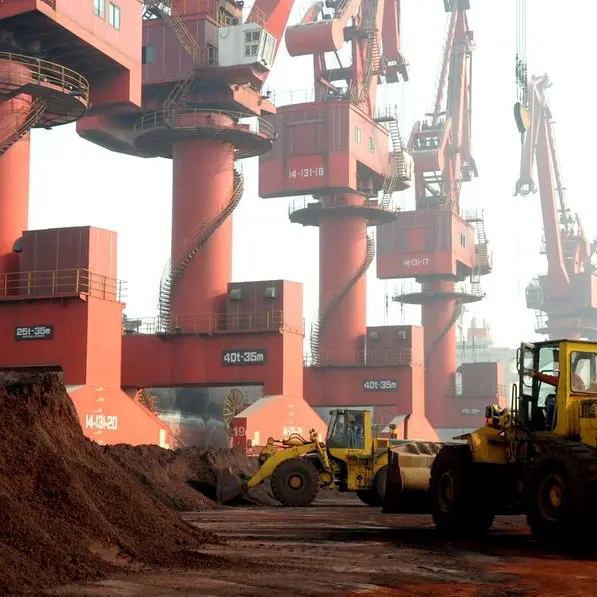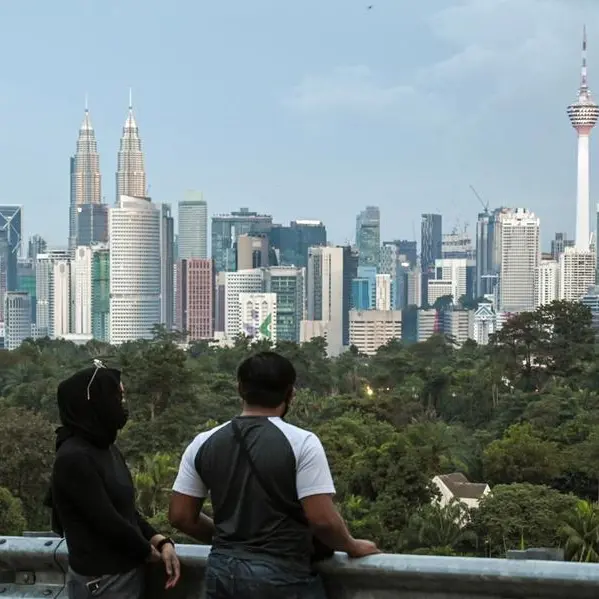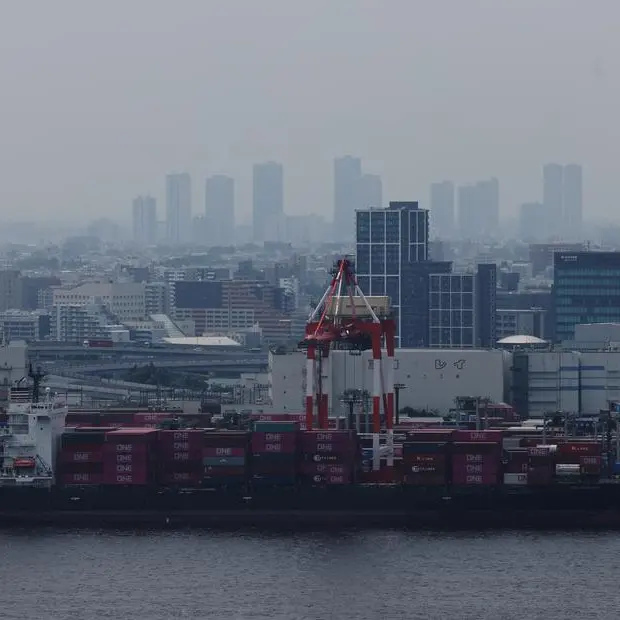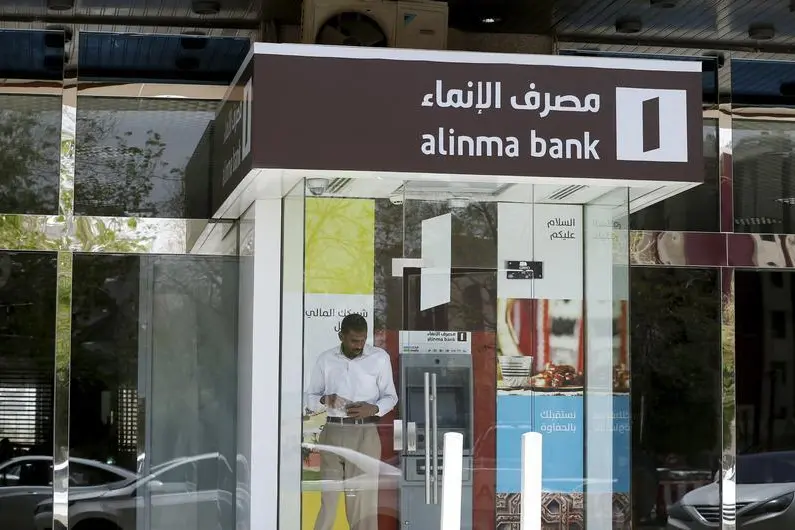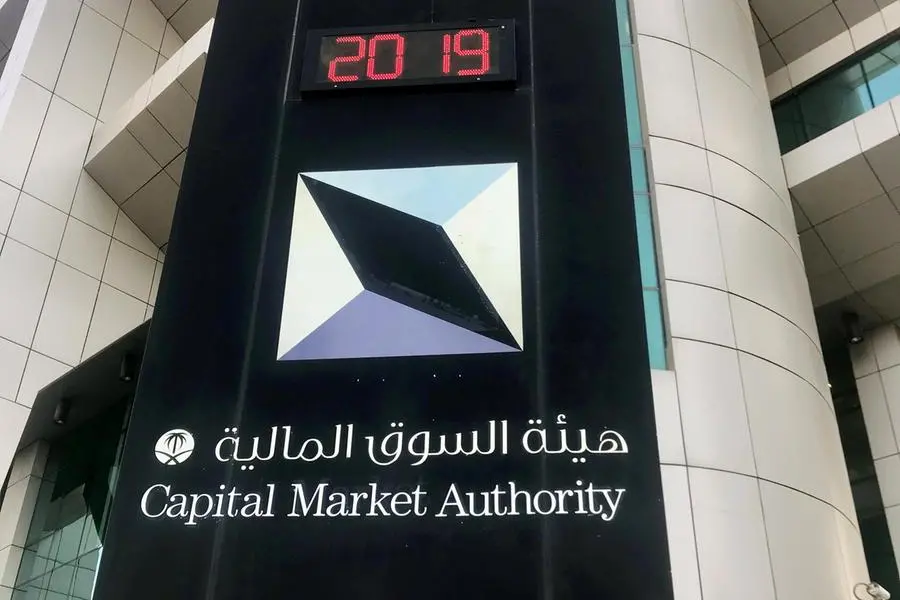PHOTO
The Philippine one thousand peso - piso banknote. Money 1000 peso on the table. Image Courtesy: Getty Images
The country's foreign exchange buffer increased by 6.5 percent to $102.45 billion in 2023 from $96.15 billion in 2022, ending two years of slump on the back of higher foreign borrowings by the national government and rising gold prices in the world market, according to the Bangko Sentral ng Pilipinas (BSP).
Preliminary data released by the central bank over the weekend showed the country's gross international reserves (GIR) level was higher than the $100-billion target set by monetary authorities.
The country's forex buffer declined to $108.79 billion in 2021 and further to $96.15 billion in 2022 after hitting an all-time high of $110.12 billion in 2020.
Last year's increase in forex buffer reflected mainly the national government's net foreign currency deposits with the BSP.
Last year, the Marcos administration borrowed $5.26 billion from the global debt market, higher by five percent than the programmed $5 billion.
Broken down, the initial $3 billion was secured through a triple-tranche global bond in January 2023. Another $1.26 billion from the first retail dollar bond ssuance was also secured in October 2023.
The remaining $1 billion was borrowed from the maiden issuance of sukuk bonds last month as the government moved to diversify the country's investor base.
Likewise, the value of the central bank's gold holdings went up by 13.7 percent to $10.56 billion in 2023 from $9.28 billion in 2022 as the prices of gold soared in the world market.
The GIR is the sum of all foreign exchange flowing into the country and serves as buffer to ensure that it will not run out of foreign exchange that it can use in case of external shocks.
The BSP used the buffer to actively intervene in the foreign exchange market when the peso slumped to an all-time low of 59 to $1 in October 2022. This helped the local currency bounce back to as high as 53 in February last year.
Month-on-month, the buffer declined slightly to $102.45 billion in December from $102.72 billion in November as the Philippines paid more maturing foreign debt.
'The month-on-month decrease in the GIR level reflected mainly the national government's payments of its foreign currency debt obligations,' the central bank said.
According to the BSP, last year's GIR level represents a more than adequate external liquidity buffer.
The buffer is equivalent to 7.7 months' worth of imports of goods and payments of services and primary income. It is also about six times the country's short-term external debt based on original maturity and 3.8 times based on residual maturity.
By convention, GIR is viewed to be adequate if it can finance at least three months' worth of the country's imports of goods and
payments of services and primary income. It is also considered adequate if it provides at least 100 percent cover for the payment of the country's foreign liabilities, public and private, falling due within the immediate 12-month period.
Michael Ricafort, chief economist at Rizal Commercial Banking Corp., said the country's GIR level posted net increase amid higher inflows such as remittances from overseas Filipino workers (OFWs), revenues from the business process outsourcing (BPO) sector and foreign tourism receipts.
'For the coming months, the country's GIR could still be supported by the continued growth in the country's structural inflows from OFW remittances, BPO revenues, exports, relatively fast recovery in foreign tourism revenues, as well as continued foreign investment inflows,' Ricafort said.
He added that the relatively high GIR level could still strengthen the Philippines' external position, which is a key pillar for the country's continued favorable credit ratings for the second straight year.
Copyright © 2022 PhilSTAR Daily, Inc Provided by SyndiGate Media Inc. (Syndigate.info).
